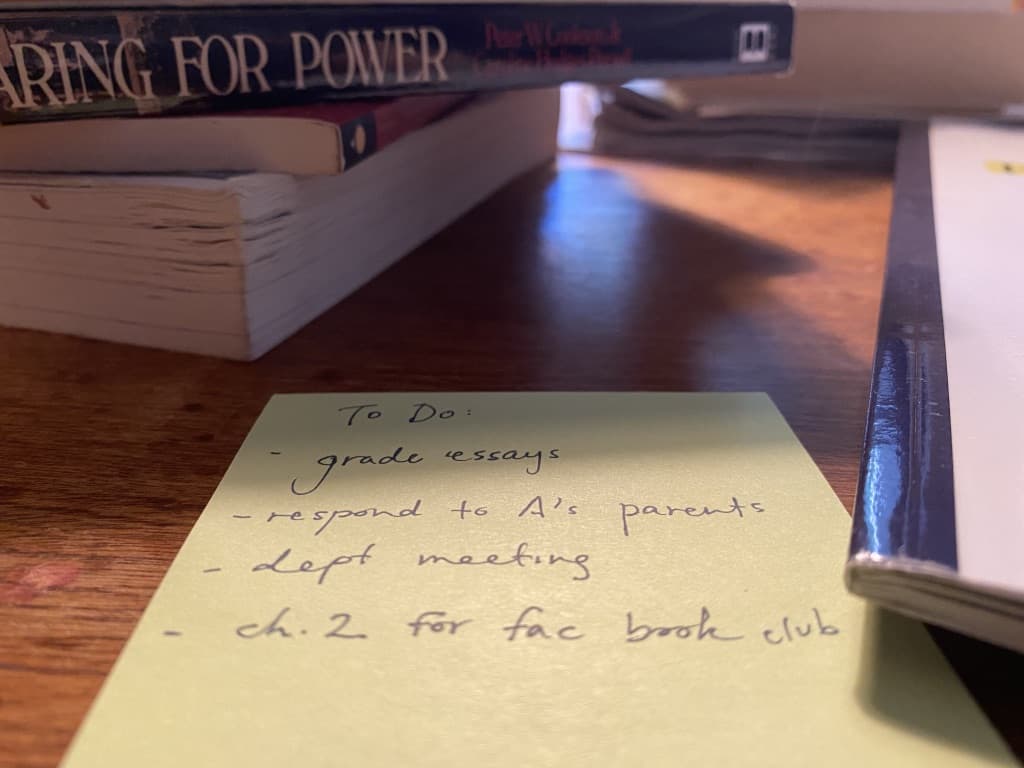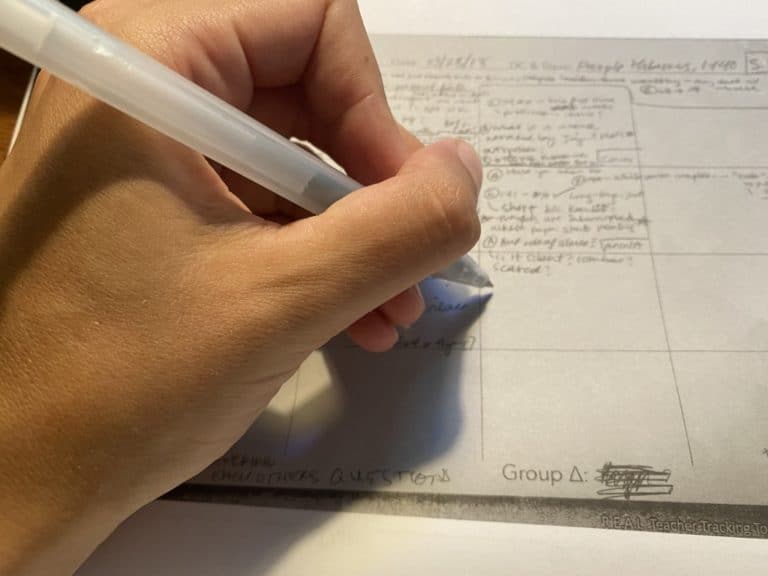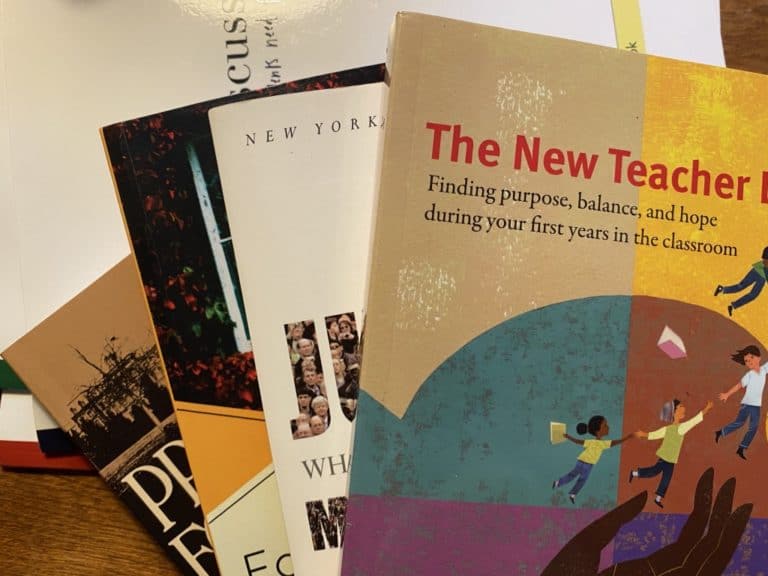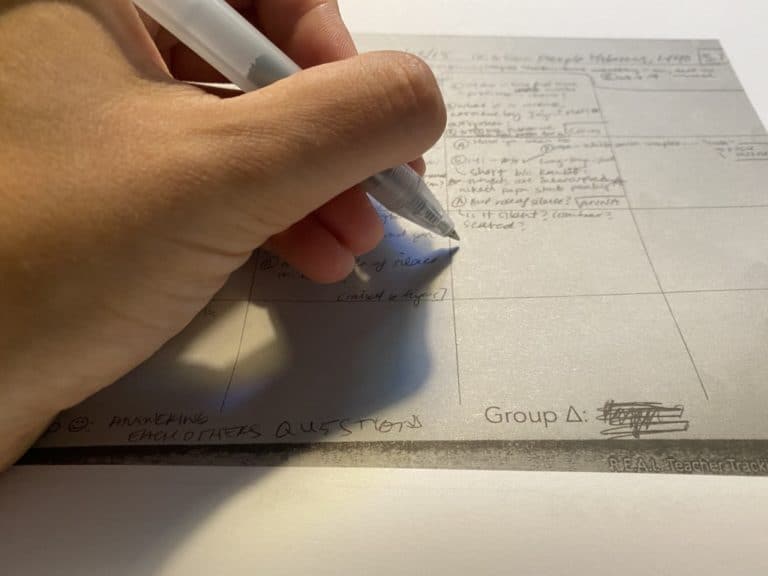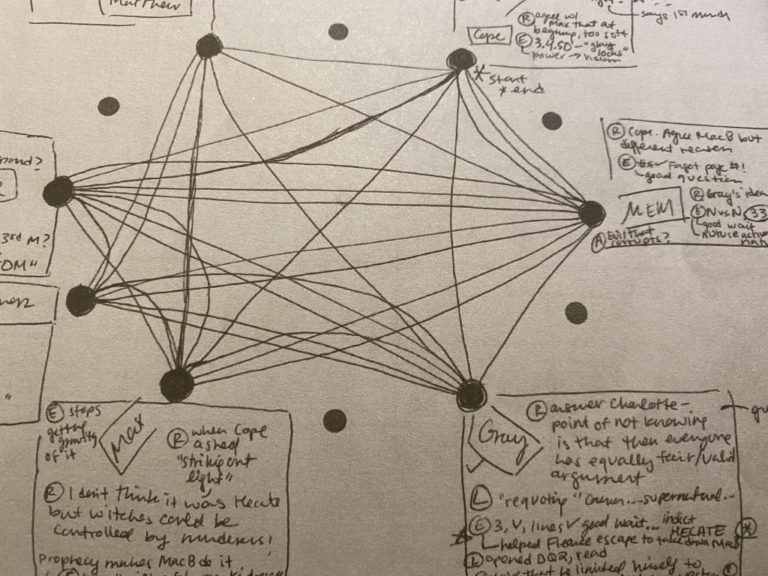Push Out Paraphrase
Footnotes posts summarize the newest research related to student-led discussion. Think of it as teacher-approved SparkNotes (with better citations) for papers published by top schools of education, research-based websites, and think tanks.
Daniel J. Bergman, “‘I Think You Mean…’ Potential Perils of Teacher Paraphrasing and Alternative Responses for Student Engagement.” Bergman’s article takes on a common feature of counseling conversations — the technique of nonjudgmental paraphrasing — that has settled into teaching practice. Though Bergman acknowledges the productive motivations behind this teaching move, he argues that it can impede efforts to build a democratic classroom. Paraphrasing, by Bergman’s definition, is a retelling of what a student has just said in similar, perhaps clearer, words. He notes, though, that in such moments paraphrase a teacher often “ignores missing pieces and inaccuracies.” Think about the polishing that happens between “I think, like, that was a fascist state, which led to scary events” and the teacher-speak reiteration: “There was a totalitarian state, yes, and that level of power precipitated the leaders missing warning signs along the way.” First, the student who shared the statement may never learn the differences between the terms fascism and totalitarianism; second, the rest of the students may extrapolate that the terms mean the same thing; and third, everyone in the room assumes that “missing warning signs” is the same as “leading to scary events,” though the teacher clearly hoped to limit the extremity of that initial statement.
Sometimes, too, Bergman writes, the best intention to fuel or ease discourse by adding polish to students’ statements causes that student, and the others around them, to rely on the teacher to drive that discussion. Think of the example above: students learn to borrow a teacher’s language and ideological filters instead of listening to authentically and questioning one another’s contributions and mode of expression. Among Bergman’s useful list of strategies to replace the paraphrase, “asking for elaboration” and using “students’ questions and ideas” built upon the more familiar ideas of incorporating wait time and looking for nonverbal cues. We appreciate this article for its presentation and analysis of potentially unproductive language patterns, and for the several techniques it offers to shift positive teaching instincts to more useful applications.
